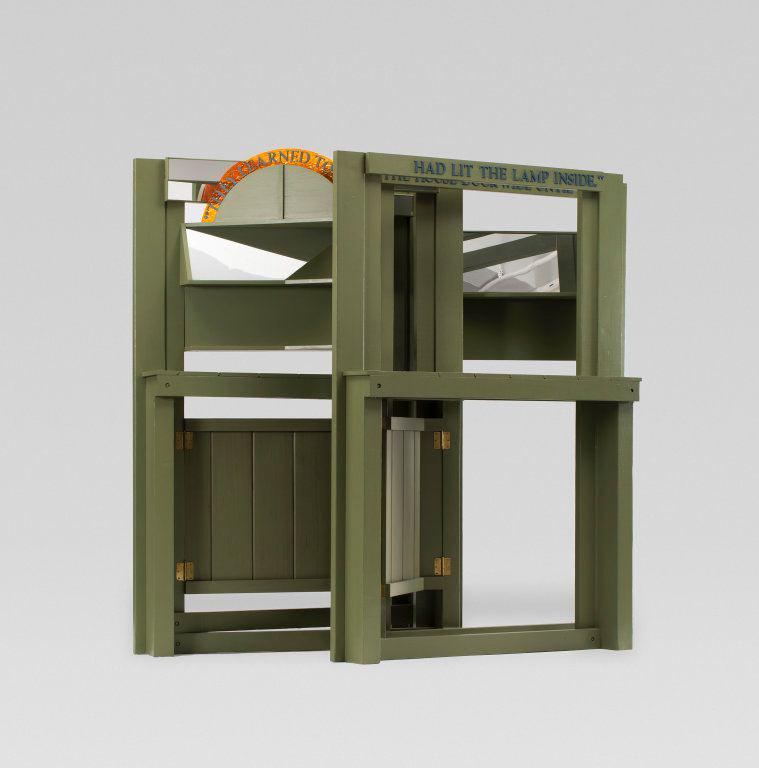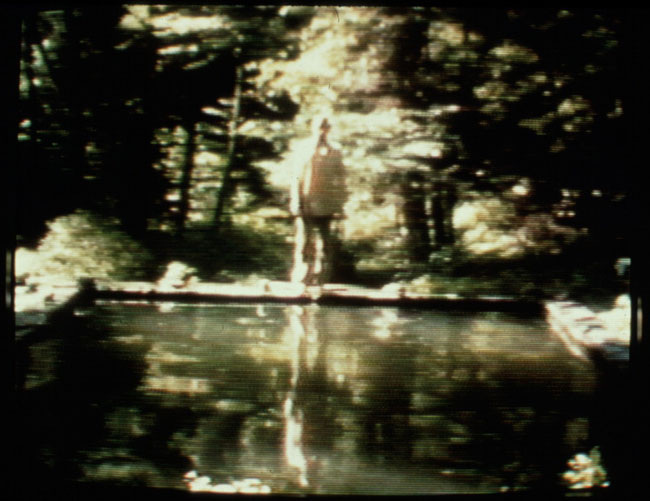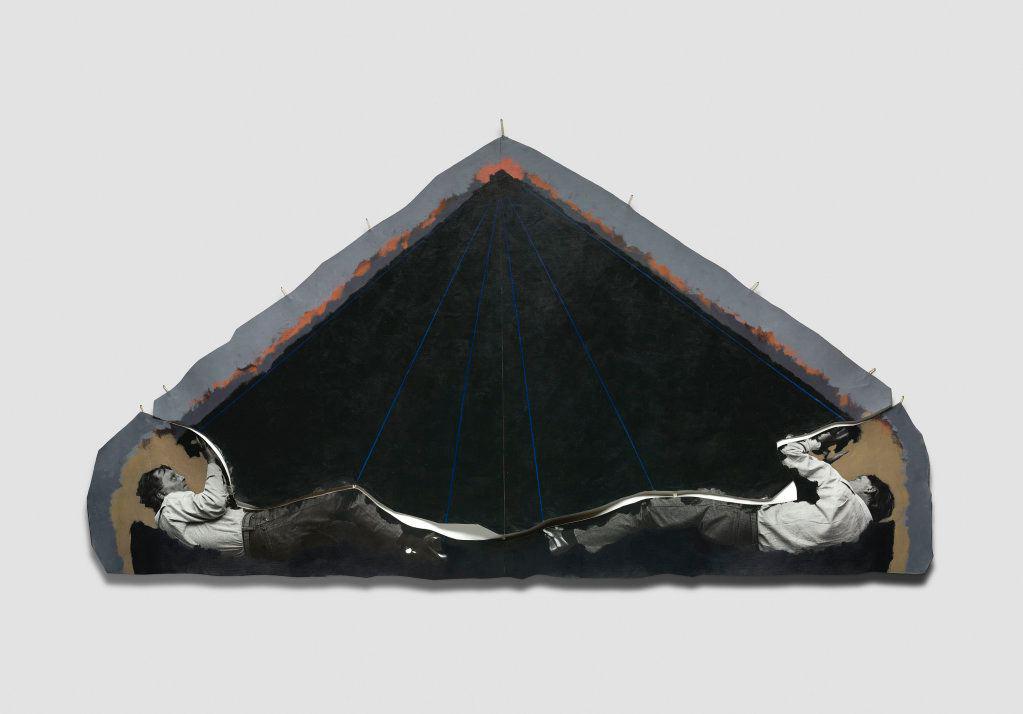The Reflecting Pool
1977–79, 6:58 min.
Moonblood
1977–79, 12:48 min.
Silent Life
1979, 13:14 min.
Ancient of Days
1979–81, 12:21 min.
Vegetable Memory
1978–80, 15:13 min.
For over thirty years, Bill Viola has created single-channel videos as well as sound and video installations that focus on spirituality and explore multiple levels of human consciousness. In constructing these works, the artist draws from his extensive study of Eastern and Western art, philosophy, and religion. He also consistently deploys cutting-edge technologies, investigating new ways to manipulate viewers’ perception. Both the videos in
The Reflecting Pool and the installation
Reasons for Knocking at an Empty House are important early works that foreshadow Viola’s later creations, combining philosophic inquiry with captivating physical environments.
The Reflecting Pool is a series comprising five individual videos, including
Moonblood (at middle), that offer a collective meditation on the various stages in an individual life. The first work, also titled
The Reflecting Pool (at top)
, demonstrates the shift from stillness to motion as a fixed camera captures a man approaching a pool of water through trees and lush foliage. The only sounds are those of the branches rustling and the water rippling. The man momentarily stands before the pool before jumping into the air. As he reaches the crest of his jump, he is frozen in space while the water beneath him continues to undulate. There is a fleeting reflection of other people walking around the pool, although no one can be seen doing so. After a series of similar perceptual and temporal fragmentations, the man’s image fades, leaving only the pool. The final moments of the video are evocative of baptism, as a nude man emerges from the water and retreats into the woods.
In this series, Viola aims to deconstruct viewers’ concepts of time and memory, divorcing images from their subjective meaning and reconnecting them to universal truths. This process of fostering self-awareness is an undercurrent of the artist’s practice. He has remarked, “There’s another dimension that you just know is there, that can be a source of real knowledge, and the quest for connecting with that and identifying that is the whole impetus for me to cultivate these experiences and to make my work.”


